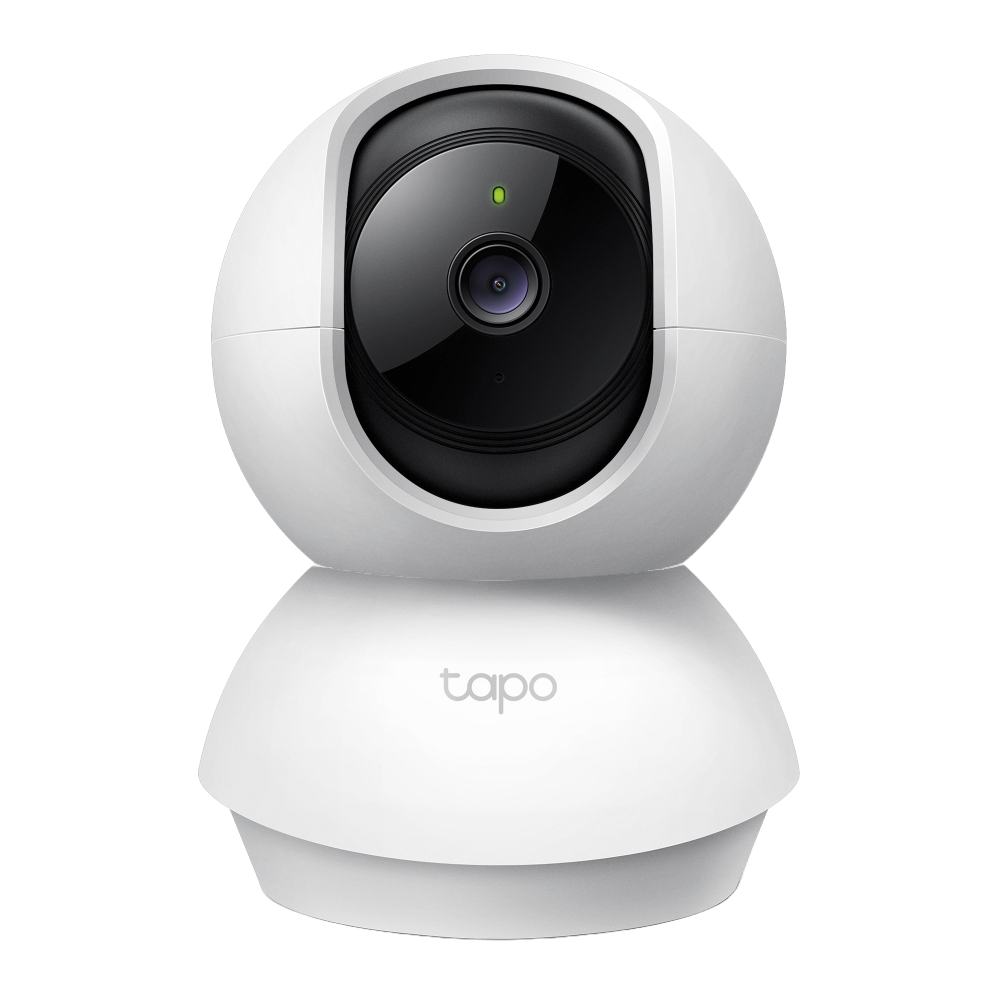Just copy and paste these 5 commands one by one:
1. Open the file with nano
nano ~/clock.pyNow paste the full code below into the nano window (right-click → Paste, or Ctrl+Shift+V):
#!/usr/bin/env python3
import os, pygame, datetime, struct, time
os.environ['SDL_VIDEODRIVER'] = 'dummy'
pygame.init()
screen = pygame.Surface((480, 320))
font_time = pygame.font.SysFont('freesansbold', 120, bold=True)
font_day = pygame.font.SysFont('freesansbold', 58)
font_date = pygame.font.SysFont('freesansbold', 50)
WHITE, BLACK = (255,255,255), (0,0,0)
fb = open('/dev/fb1', 'wb')
def rgb_to_rgb565(r, g, b):
return ((r & 0xF8) << 8) | ((g & 0xFC) << 3) | (b >> 3)
last_minute = -1
while True:
now = datetime.datetime.now()
# Only update when minute changes
if now.minute == last_minute:
time.sleep(5)
continue
last_minute = now.minute
# 12-hour format – no seconds, no leading zero
time_str = now.strftime("%I:%M %p").lstrip("0").replace(" 0", " ")
day_str = now.strftime("%A")
date_str = now.strftime("%B %d, %Y")
screen.fill(WHITE)
t = font_time.render(time_str, True, BLACK)
d = font_day.render(day_str, True, BLACK)
e = font_date.render(date_str, True, BLACK)
screen.blit(t, t.get_rect(center=(240, 105)))
screen.blit(d, d.get_rect(center=(240, 185)))
screen.blit(e, e.get_rect(center=(240, 265)))
pixels = pygame.image.tostring(screen, 'RGB')
buffer = bytearray(480*320*2)
idx = 0
for i in range(0, len(pixels), 3):
r, g, b = pixels[i:i+3]
buffer[idx:idx+2] = struct.pack('<H', rgb_to_rgb565(r,g,b))
idx += 2
fb.seek(0)
fb.write(buffer)
fb.flush()
# Wait for next minute
time.sleep(60 - now.second + 0.1)Now save and exit nano:
- Press Ctrl + O → Press Enter (to save)
- Press Ctrl + X (to exit)
Then run these two commands:
# 2. Make it executable
chmod +x ~/clock.py3. Run your beautiful clock
python3 ~/clock.pyDone! Your clean AM/PM clock with no seconds is now running perfectly.
How to check what time zone your clock is actually using right now
Just run this command once on your Pi:
timedatectlYou will see something like:
admin@raspberrypi:~$ timedatectl
Local time: Wed 2025-11-26 16:37:11 IST
Universal time: Wed 2025-11-26 11:07:11 UTC
RTC time: n/a
Time zone: Asia/Kolkata (IST, +0530)
System clock synchronized: yes
NTP service: active
RTC in local TZ: no→ Your LCD clock will show 15:30 (3:30 PM) because the system time zone is Asia/Kolkata.
How to change it to your own city (one time only)
sudo raspi-config→ 5 Localisation Options → L3 Time Zone → choose your continent → choose your city → Finish → reboot if it asks
Or from terminal (faster):
sudo dpkg-reconfigure tzdataPick your zone → OK → reboot (or just wait a minute, the clock will update automatically).
That’s it.
Raspberry Pi LCD Clock – 12-hour AM/PM with Timezone (480×320 framebuffer)
#!/usr/bin/env python3
import os, pygame, datetime, struct, time, subprocess
os.environ['SDL_VIDEODRIVER'] = 'dummy'
pygame.init()
screen = pygame.Surface((480, 320))
font_time = pygame.font.SysFont('freesansbold', 120, bold=True)
font_day = pygame.font.SysFont('freesansbold', 58)
font_date = pygame.font.SysFont('freesansbold', 50)
font_tz = pygame.font.SysFont('dejavusans', 26) # small & clear
WHITE, BLACK = (255,255,255), (0,0,0)
fb = open('/dev/fb1', 'wb')
def rgb_to_rgb565(r, g, b):
return ((r & 0xF8) << 8) | ((g & 0xFC) << 3) | (b >> 3)
# Get time zone info once (it never changes unless you reconfigure)
def get_timezone_info():
try:
result = subprocess.check_output(['timedatectl', 'status'], text=True)
for line in result.splitlines():
if 'Time zone' in line:
# Example line: "Time zone: Asia/Kolkata (IST, +0530)"
tz = line.split(':', 1)[1].strip()
return tz
return "Unknown"
except:
return "Unknown"
timezone_str = get_timezone_info()
last_minute = -1
while True:
now = datetime.datetime.now()
if now.minute == last_minute:
time.sleep(5)
continue
last_minute = now.minute
time_str = now.strftime("%I:%M %p").lstrip("0").replace(" 0", " ")
day_str = now.strftime("%A")
date_str = now.strftime("%B %d, %Y")
screen.fill(WHITE)
t = font_time.render(time_str, True, BLACK)
d = font_day.render(day_str, True, BLACK)
e = font_date.render(date_str, True, BLACK)
z = font_tz.render(timezone_str, True, (80,80,80)) # dark gray
screen.blit(t, t.get_rect(center=(240, 100)))
screen.blit(d, d.get_rect(center=(240, 180)))
screen.blit(e, e.get_rect(center=(240, 255)))
screen.blit(z, z.get_rect(center=(240, 300))) # bottom line
# Write to LCD
pixels = pygame.image.tostring(screen, 'RGB')
buffer = bytearray(480*320*2)
idx = 0
for i in range(0, len(pixels), 3):
r, g, b = pixels[i:i+3]
buffer[idx:idx+2] = struct.pack('<H', rgb_to_rgb565(r,g,b))
idx += 2
fb.seek(0)
fb.write(buffer)
fb.flush()
time.sleep(60 - now.second + 0.1)Here’s the perfect, tested systemd service for your beautiful clock (or any version you’re using now).
It starts automatically at boot, restarts if it ever crashes, runs as user admin, and has correct access to /dev/fb1.
# 1. Create the perfect service file
sudo tee /etc/systemd/system/clock.service > /dev/null << 'EOF'
[Unit]
Description=Beautiful Sunrise-to-Sunset LCD Clock
After=network.target local-fs.target
[Service]
Type=simple
User=admin
Group=video
WorkingDirectory=/home/admin
Environment=SDL_VIDEODRIVER=dummy
Environment=DISPLAY=:0
ExecStart=/usr/bin/python3 /home/admin/clock.py
Restart=always
RestartSec=3
StandardOutput=journal
StandardError=journal
# Kill any old zombie if needed
KillMode=process
[Install]
WantedBy=multi-user.target
EOF# 2. Reload systemd and enable + start the service
sudo systemctl daemon-reload
sudo systemctl enable --now clock.service# 3. Check that it’s running perfectly
sudo systemctl status clock.serviceYou should see something like:
text
● clock.service - Beautiful Sunrise-to-Sunset LCD Clock
Loaded: loaded (/etc/systemd/system/clock.service; enabled)
Active: active (running) since ...
Main PID: 1234 (python3)
Tasks: 5
Memory: 25.2M
CPU: 4.123s
CGroup: /system.slice/clock.service
└─1234 /usr/bin/python3 /home/admin/clock.pyDone! From now on, your stunning colorful clock starts automatically every time the Raspberry Pi boots — no login needed, no terminal open.
Optional useful commands later
# Stop temporarily
sudo systemctl stop clock.service
# Start again
sudo systemctl start clock.service
# See live log
journalctl -u clock.service -f
# Reboot and watch it come back beautifully
sudo rebootHere are the exact 3 commands to PERMANENTLY stop and completely turn OFF the clock auto-boot service (it will never start again, even after reboot):
Just copy-paste these one by one:
# 1. Stop it immediately + disable forever
sudo systemctl disable --now clock.service# 2. (Optional but clean) Delete the service file so it can never come back accidentally
sudo rm /etc/systemd/system/clock.service# 3. Reload systemd to forget it completely
sudo systemctl daemon-reloadDone!
From now on:
- Clock is stopped right now
- Will never start again start at boot
- Service file is deleted (100 % permanent)
If you ever want it back one day:
Just run the original 3 commands again to recreate it.












Leave a Reply